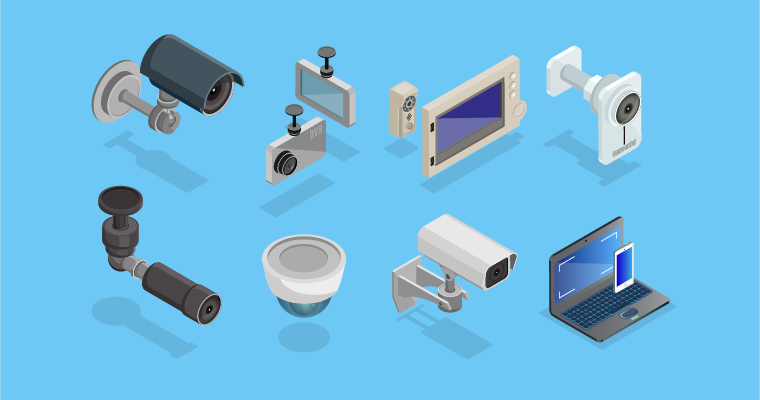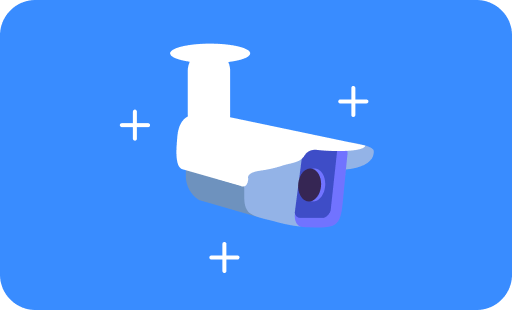How ONVIF enables compatibility within a complex security landscape
- Featured Post
- Physical security
- FILTER_Physical-Security

With so many competing products on the market, compatibility remains in the forefront of any security organization’s mind. In 2008, a few industry leaders identified this as a pain point and decided to work together to come up with a solution.
What is ONVIF and why is it important to the video security industry?
ONVIF, the Open Network Video Interface Forum, was created as a nonprofit organisation by Axis Communications, Bosch, and Sony with the mission to provide and promote open interfaces to the security industry for effective interoperability.
Since its inception, ONVIF has launched various profiles that make it easy to identify which devices and services are compatible. Each profile is essentially a standard for a different device and contains a fixed set of features. ONVIF’s protocols cover anywhere from access control systems to video systems. Products and businesses must register officially with ONVIF to be considered as conformant.
What are ONVIF profiles?
ONVIF is a standardised way for security devices to communicate, but it is made up of several different profiles. Each profile works with a different type of security technology.
Profiles A and C are for access control; A handles information such as rules, credentials and schedules, whereas C helps to configure details such as site information, and event and alarm management.
Profiles G, S and T all support video security devices. So what do they do?
- G devices include IP cameras or encoders. They can record video on the edge, or over a network. If you have software or a device that receives this information, such as a VMS or NVR, it needs to be G-compatible. When the two work together, it is possible for the receiving device to request and record data from an IP camera over an internet connection. That not only includes video, but also audio and any metadata recorded by an AI camera.
- As above, S-compatible devices can configure, request and record data. S-conformant devices and software can handle PTZ control, audio-in, multicasting and relay output.
- The T profile handles advanced video streaming. It supports streaming features such as H.264 and H.265 encoding, imaging settings, HTTPS streaming, metadata streaming, bi-directional audio and motion alarm and tampering events. HTTPS streaming is especially important for multiple connected devices. Find out more in our video surveillance cybersecurity whitepaper.
How does ONVIF work with NVRs and IP cameras?
If you use an NVR / IP camera video security system, the devices all need to be compatible for it to work. To learn more about this, check out our article on NVR vs DVR systems. Let’s say you decide to upgrade one part of your system - perhaps you need a new NVR. It might work with your existing cameras straight away, but it is likely that it won’t be this simple.
This is because IP cameras use a specific protocol to communicate with the NVR. ONVIF is one of the most common and readily available protocols, enabling security teams to set up new hardware more smoothly. If both the NVR and the camera can use the ONVIF protocol, they will be compatible and it should be easy to get all of the camera’s functionality to transmit to the NVR. If they are not compatible, you might get some functionality, but not everything - or it is possible you might not get any video at all.
This is why protocols like ONVIF are so important for video surveillance systems.
Will we be using ONVIF for video security in future?
To keep up with the rapid advancements in security technology, ONVIF released its latest two profiles last year: Profile M and Profile D. Profile M handles everything around metadata and events for analytics applications. This includes the configuration and streaming of metadata, as well as defining the metadata extracted from geolocation, vehicle, license plate, human face and body. Profile D specifies the interfaces for access control input devices like token readers, biometric readers, cameras, keypads, sensors, and output devices such as locks, displays and LEDs.
ONVIF helps devices to communicate better, but it is constantly playing catch-up with ever more innovative camera technology. In a recent round table discussion for sourcesecurity.com, Hiroshi Sekiguchi of Panasonic i-PRO Sensing Solutions explains:
It is hard for protocols to keep up with the rapid pace of technology innovation. In the video security market, we have ONVIF as an example of an open industry forum that promotes standardised interfaces between vendors. But we can’t expect ONVIF to communicate all the advanced metadata coming from an AI camera overnight.
With over 508 member companies and seven profile specifications, ONVIF has an important standing in the security industry. As security organisations continue to implement more complex devices, ONVIF will remain a uniting force in an ever changing landscape of the security industry.








No comments